This post may contain affiliate links. If you click through a link and make a purchase, I may receive a commission at no additional cost to you. As an Amazon Associate, I earn from qualifying purchases. Read the full disclosure here.
There’s a lot of buzz around foam rolling. Walk into any gym or physical therapy clinic, and you’ll see these cult favorites in a variety of shapes and sizes.
It seems like foam rolling has become the new go-to solution for troubleshooting muscle soreness.
But what does foam rolling actually do, and should you try it?
Let’s explore.
Disclaimer: This content is for educational purposes and is not medical advice. Read the full disclaimer.
Anatomy for foam rolling
Before we get rolling (pun intended), it’s essential to know a little something about the anatomy. Let’s quickly review muscles, tendons, and fascia.
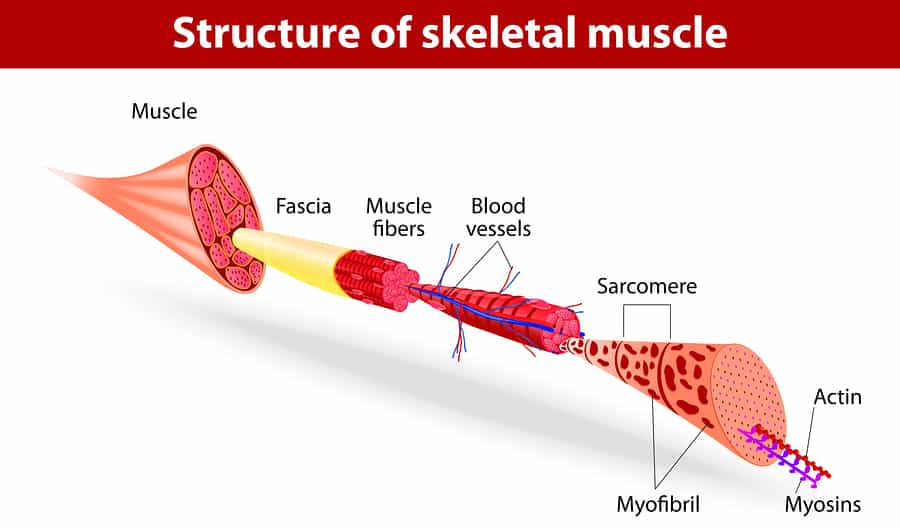
Muscles
Muscle tissue is arranged in fibers. These muscle fibers contract (shorten) and relax (lengthen) during movement.
Tendons
Tendons connect muscle to bone.
While we’re not directly foam rolling over these tissues, tendons have receptors that communicate with the brain and spinal cord to relay information.
Tendons produce movement by telling the muscle to contract or relax. They play an important role in the stretch response that allows you to move through more range of motion (ROM) after.
Fascia
Fascia is a complex topic by itself. But let’s try to keep it simple.
Fascia is described as “an uninterrupted viscoelastic connective tissue forming a functional three-dimensional collagen matrix.” (Kumka M and Bonar J, 2019) Fascial tissue is continuous throughout the body and it supports, divides, and connects all structures.
This fascial connection is what helps our movement patterns and keeps our internal organs from shifting all over the place.
That slimy layer between the raw chicken breast and the skin, that’s fascia.
That cobweb stuff when you pull it apart? Also fascia.
It’s everywhere.
Research confirms that fascia is innervated by sensory nerves, allowing it to play a role in proprioception (your ability to determine where you are in space) and pain.
This total body connection can influence the central nervous system (like regulating blood pressure, fight or flight response, etc.) and can also be tied to emotion and mental health.
When tissue becomes restricted or injured, myofascial adhesions can change the way we move. Fascial restrictions and scar tissue can even cause discomfort, muscle tension, pulling, and pain in other areas of the body that seem unrelated.
Many factors influence the health and mobility of fascia, including various health/mental health conditions, hydration, movement, and activity levels.
Like most systems of the body, not moving creates problems. Although not moving may decrease pain at that moment, moving well is one of the most important things you can do to help myofascial pain.
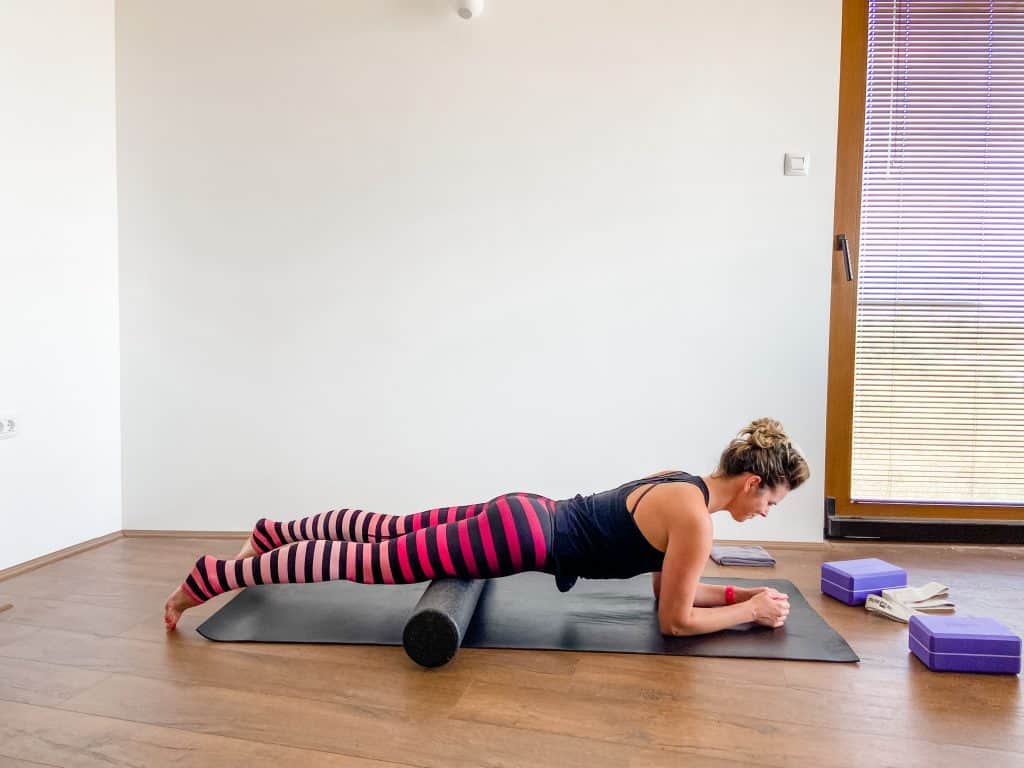
What is foam rolling?
While it would be nice to have a massage therapist on call for your sore muscles, most people don’t have that luxury. Foam rolling is essentially a tool to give yourself a cheap massage, to improve muscle pain, tightness, and overall mobility.
Your body weight is used to apply pressure and slowly roll over an area to mobilize soft tissue.
You will also hear the terms trigger point (muscle knots) release and self-myofascial release used. Typical spots to foam roll are quads, hamstrings, glutes, lats, etc.
Even though self-massage is the most common use, there are other uses for foam rollers, including joint mobility exercises and as a prop for stability exercises such as in Pilates.
What does foam rolling do?
Here’s where things get a little sticky. Let’s take a look at what the current research says about foam rolling benefits.
Cheatham et al. concluded that foam rolling may be effective for enhancing joint ROM for both pre and post-exercise.
There is some evidence that foam rolling after high-intensity exercise may help decrease perceived pain from DOMS (delayed onset muscle soreness – that next-day muscle tension that lets you know you did something.)
Decreasing muscle soreness and maintaining flexibility can help with overall muscle performance and tissue recovery.
- Foam rollers are often used as part of a warm-up and for workout recovery.
- No adverse effects on performance have been found when foam rolling as part of a warm-up.
- The benefits of foam rolling may be more significant when combined with a consistent static stretching program post-activity.
There’s no consensus on a standard prescription (how long, how much pressure, how quickly to move over the tissue, etc.). Most studies were somewhere in the 30 seconds to 2 min per area neighborhood.
If you’re trying to release spasm and myofascial trigger points, slow and steady probably has a better chance at winning the race. A few quick rolls aren’t going to get you there. That’s like stretching for 2.3 seconds and declaring yourself good to go.

Surprise, surprise.
Even though it’s popular, there isn’t that much research on foam rolling. There are some theories on how we get the above benefits, but not everyone agrees.
Wiewelhove et al. reviewed some proposed theories on the underlying mechanisms. There’s always more going on behind the scenes than the muscle, tendon, and fascia we discussed earlier.
So put on your lab coat because we’re getting into the science. Let’s understand why we’re doing what we’re doing before we just hop on the latest fitness bandwagon.
Mechanical effects of foam rolling
There can be mechanical effects from applying direct pressure to skin, muscles, and fascia by reducing tissue adhesion and muscular spasm.
This pressure and movement also increases temperature. Fluids then become less viscous and circulate more easily.
Motion is lotion.
Pain modulating effects of foam rolling
Many turn to foam rolling for muscle recovery after a workout.
The direct pressure also inputs sensory information into the neurological system producing pain modulating, analgesic-like effects.
This decreases our perception of pain and makes us feel better. The pressure also elicits a relaxation response contributing to improved ROM.
Physiological effects of foam rolling
There may be physiological changes, including increased blood flow and circulation and the release of inflammatory chemical mediators during the breakdown of trigger point and spasm.
These chemical mediators flood in like a microscopic clean-up crew to help start the healing and restore balance again.
Psychosocial influences of foam rolling
And of course psychosocial influences include the perception of improved well-being, athletic performance, and the placebo effect.
Because everybody’s doing it…
It’s important to note that research is still emerging and several of the studies do have limitations.
Which is these theories is the biggest influencer? I guess we’ll have to do more research. The standard science answer.
Can foam rolling be harmful?
What could go wrong? Famous last words…
Don’t just grab that roller and go to town. Listen to your body!
More aggressive isn’t better. A bruising deep tissue massage isn’t the goal.
There will be some discomfort similar to receiving a massage over cranky tissues. Severe pain is not necessary. It is always recommended to seek proper instruction for techniques to avoid injury.
Don’t just make stuff up or copy the random guy in the corner (who’s probably doing it wrong).
It’s important to know if you have any conditions before adding this modality into your routine. Some of these are common sense, but some may be surprising. Foam rolling may not always be safe!
Precautions & contraindications to foam rolling
Here are some examples of when foam rolling might not be safe. Be sure to check with your physical therapist or certified personal trainer for more details specific to you.
- Pregnancy
- Recent injury/surgery
- Open wounds
- Over tumors/malignancies
- Blood clots
- Fractures
- Direct pressure over body prominences (such as the lumbar spine and lateral hip)
- Direct pressure over arteries, veins, nerves, abdomen
- Osteoporosis
- Other systemic medical conditions
- Neuropathies
One of the most common mistakes in healthy populations is aggressively rolling over the IT Band and bony prominence on the outside of the hip, known as the greater trochanter.
Why is this important?
Throughout the body, there are structures called bursa. These are fluid-filled sacs that act as cushions between muscles, tendons, bones, and joints. There’s one on the outside of the hip, and it’s a common area for bursitis.
Don’t give yourself bursitis. Spoiler alert, it hurts.
Do vibration foam rollers work?
There is some evidence that vibration can decrease pain (via the gate control theory), modulating pain sensations sent back down from the central nervous system based on sensations put in.
Romero-Moraleda et al. looked at the short-term effects of pain perception and passive hip ROM after using vibration foam rolling to the quads. The study found a significant improvement in pain perception and passive range of motion in hip extension following vibration to the quads.
While this may be more of a temporary fix, it may make foam rolling more tolerable for some and provide some temporary relief.
So if you find foam rolling an overall uncomfortable experience, a vibrating foam roller might be for you.
Check out the Trigger Point Grid Vibe Plus and the Sidekick Fuse.
Foam rolling exercises
Check out the foam roller exercise library for tutorials on how to foam roll major muscle groups and how to use a foam roller for mobility exercises.
Is foam rolling worth it?
The next time you’ve got a tight muscle, give foam rolling a try.
Foam rolling can be a great adjunct to a stretching and mobility program when appropriately used. As always, the best results come from a well-rounded fitness program.
Research on the benefits of foam rolling is still emerging. It’s important to remember that foam rolling is not a cure-all. And you can’t stretch the IT Band with no matter how hard you try.
Will foam rolling make you feel better in the short term? Maybe.
Will it turn you into an action hero? Probably not.
Related Articles:
- The 7 Best Foam Roller Exercises to Combat Poor Desk Posture
- Mobility vs Stability vs Flexibility – How to Unlock Healthy Movement
- You Can’t Stretch the IT Band (& What To Do Instead)
- How to Stretch the Right Way
Featured image credit: Satyrenko / bigstockphoto.com
References
Aboodarda SJ, Spence AJ, Button DC(2015) Pain Pressure Threshold of a Muscle Tender Spot Increases Following Local and Non-local Rolling Massage. BMC Musculoskeletal disorders. 16:265.doi: 10.1186/s12891-015-0729-5
Cheatham, SW and Stull KR(2018). Roller Massage: A Commentary on Clinical Standards and Survey of Physical Therapy Professionals – Part 1.International Journal of Sports Physical Therapy, 13(4): 763–772.
Pearcey GE, Bradbury-Squires DJ, Kawamoto JE, Drinkwater EJ, Behm DG, Button DC. Foam rolling for delayed-onset muscle soreness and recovery of dynamic performance measures. J Athl Train. 2015;50(1):5-13. doi:10.4085/1062-6050-50.1.01
Romero-Moraleda B, Gonzalez-Garcia J, Ceullar-Rayo A, Balsalobre-Fernandez C, Munoz-Garcia D, and Morencos E(2019). Effects of Vibration and Non-Vibration Foam Rolling on Recovery after Exercise with Induced Muscle Damage. Journal of Sports Science & Medicine. 18(1): 172–180.
Wiewelhove T, Doweling A, Schneider C, Hottenrott L, Meyer T, Kellmann M, Pfeiffer M, and Ferrauti A (2019). A Meta-Analysis of the Effects of Foam Rolling on Performance and Recovery. Fontiers in Physiology.10: 376. doi: 10.3389/fphys.2019.00376

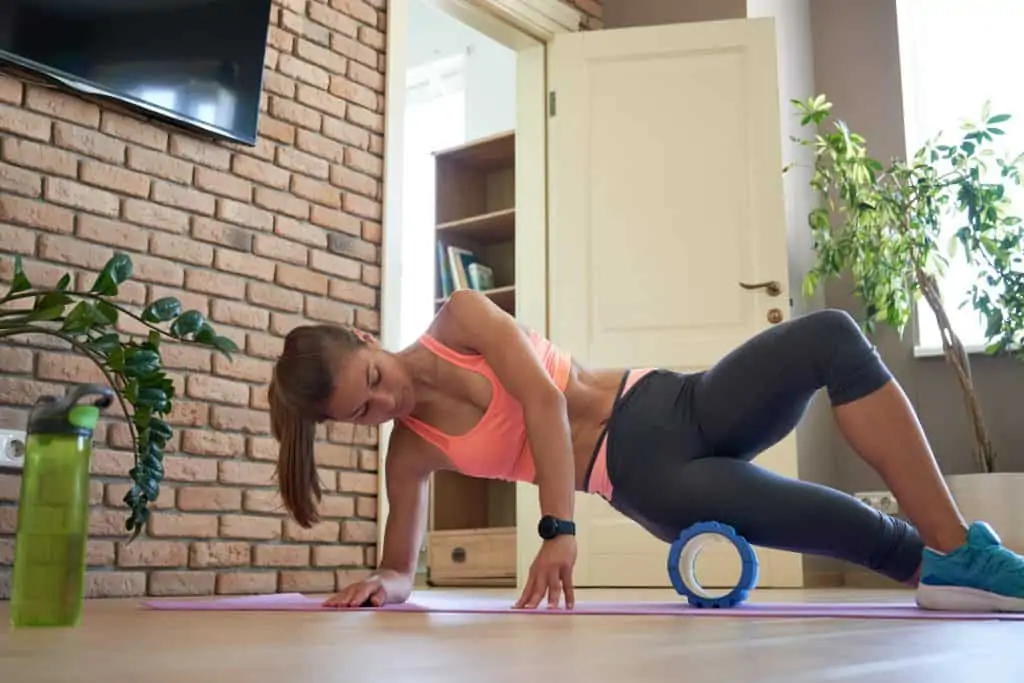
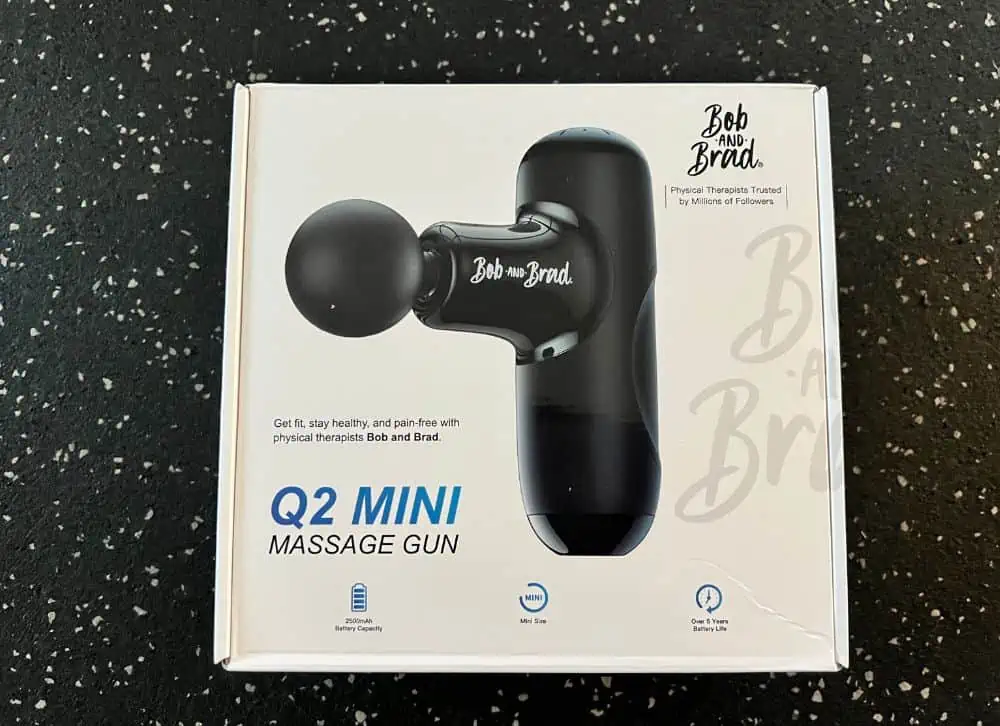
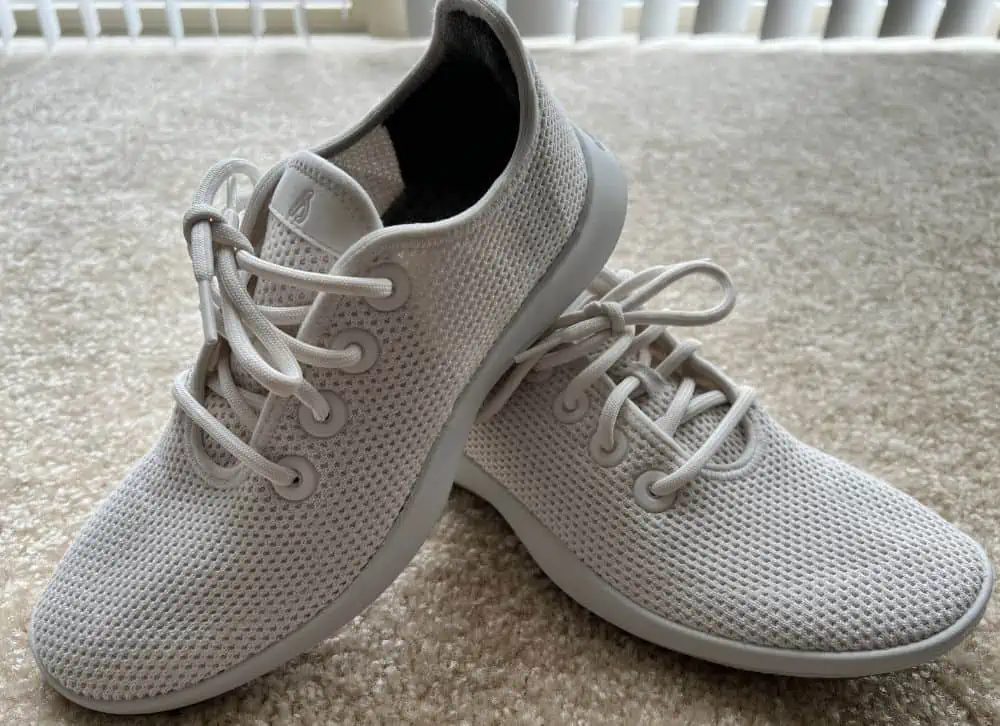
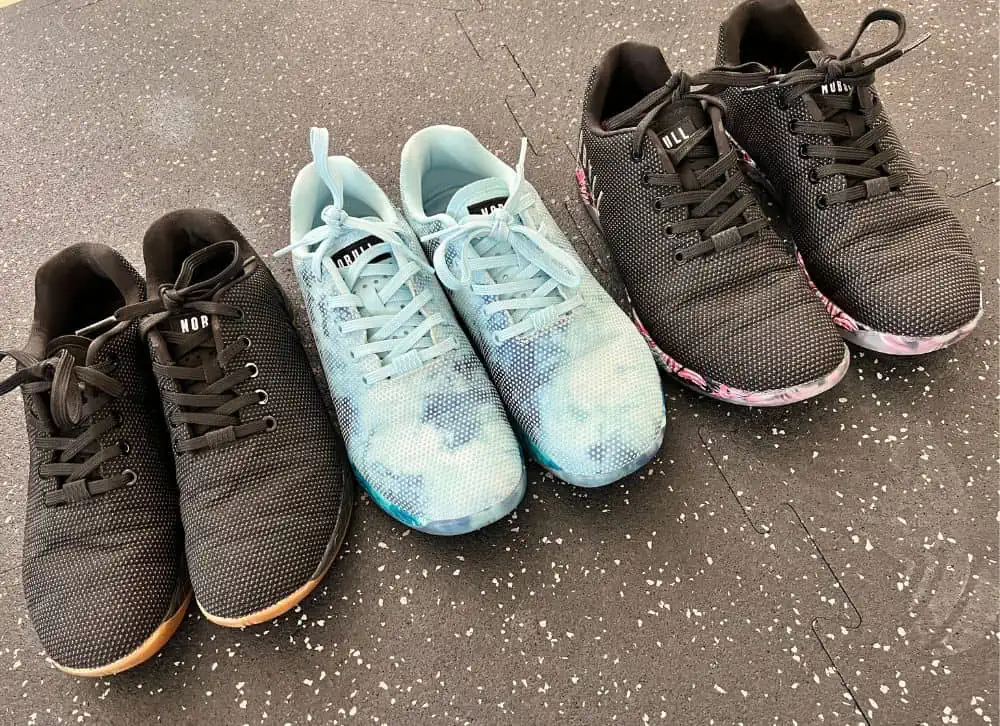
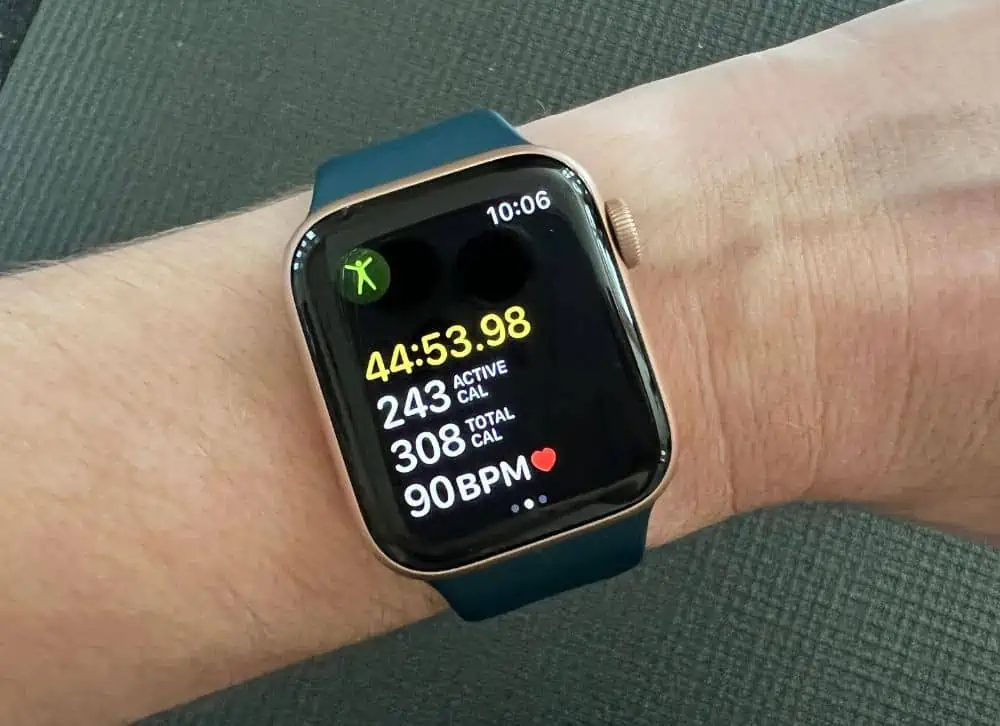
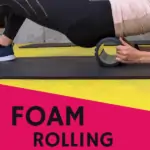

I’d never heard of foam rolling but it sounds like a great way to give your self a massage and increase your blood flow. I have to try it sometime ?
Good luck! Thanks for reading!
This is something I definitely want to try! First time I’ve actually read about it, and perhaps will add to my Yoga sessions every day 🙂 Thx!
I really like foam rolling because it helps me feel better after long workouts. It helps me loosen up my muscles and they recover much quicker. Foam rolling is a must in my opinion. Speaking of which I am going to do something this morning.
Loved this post! I have a love/hate relationship with foam rolling but I still know it’s needed! Thanks for the info! ?
Thanks, it’s always great to know what things are actually doing for us.
Excellent article. Who knew that “foaming” could be so involved. Perhaps a future blog addressing foam rolling vs using an exercise ball. Pictures are a nice touch. What a great idea! ?
Keep the creative writing style coming!!!
Right? Seems so simple but what the body does for us is so complex. Thanks for reading, glad you enjoyed the article!
Thanks for this. I’ve always been intrigued by foam rolling but never quite understood it, the pictures really helped as well!
Glad it was helpful! Thanks for reading.